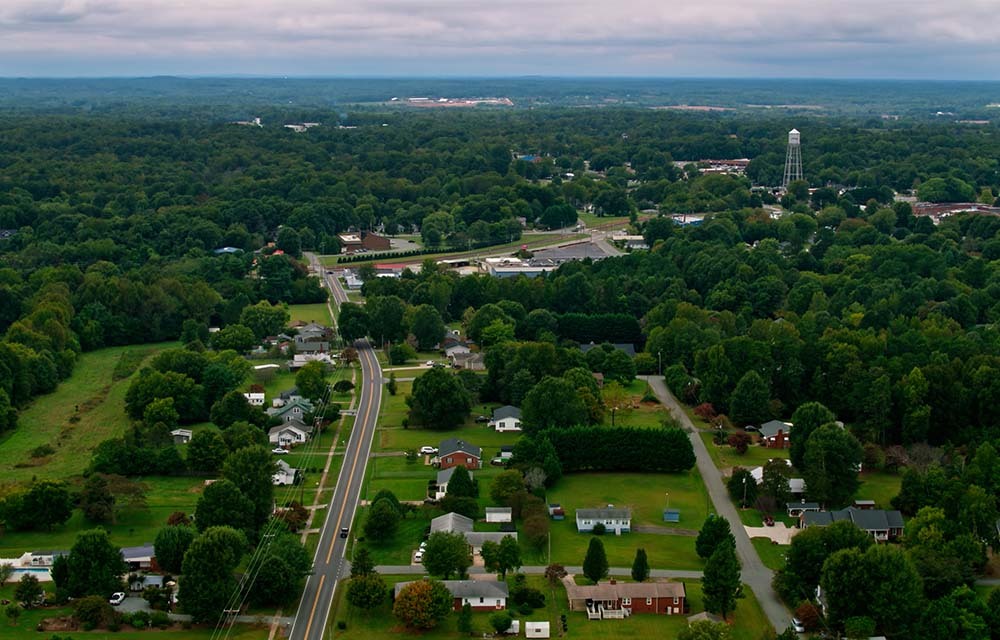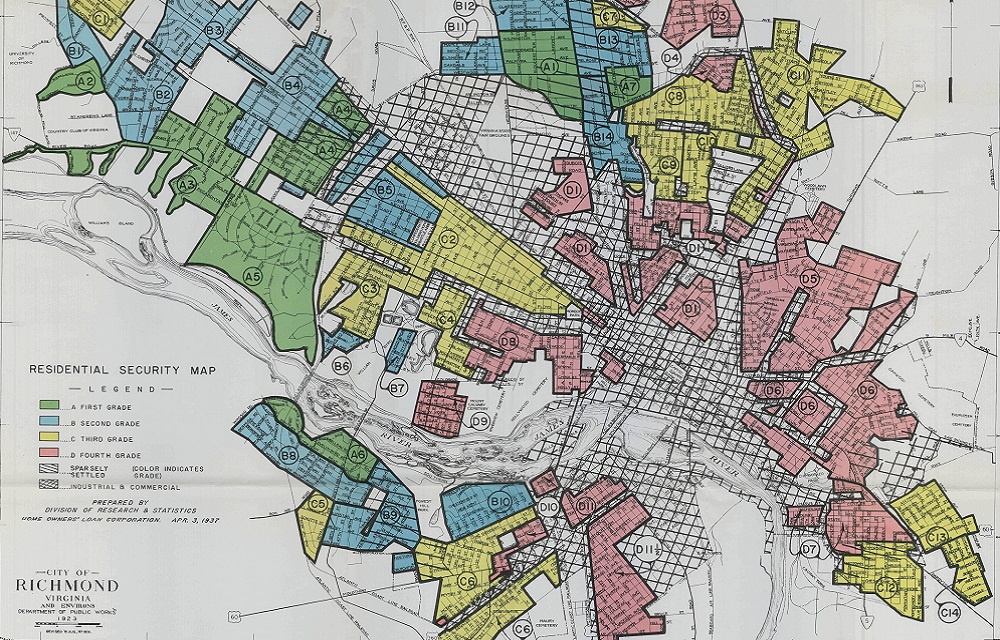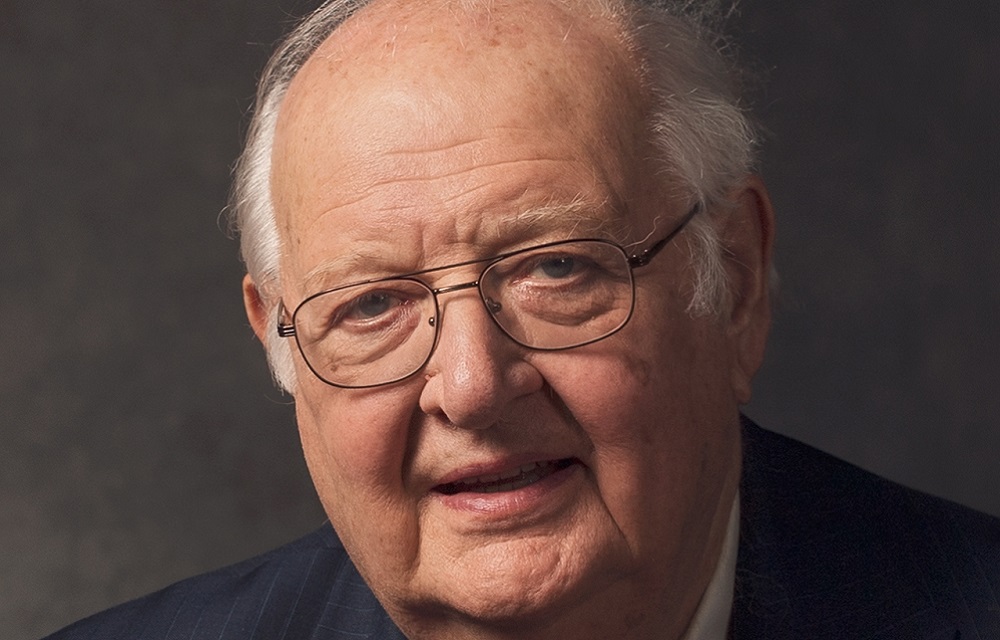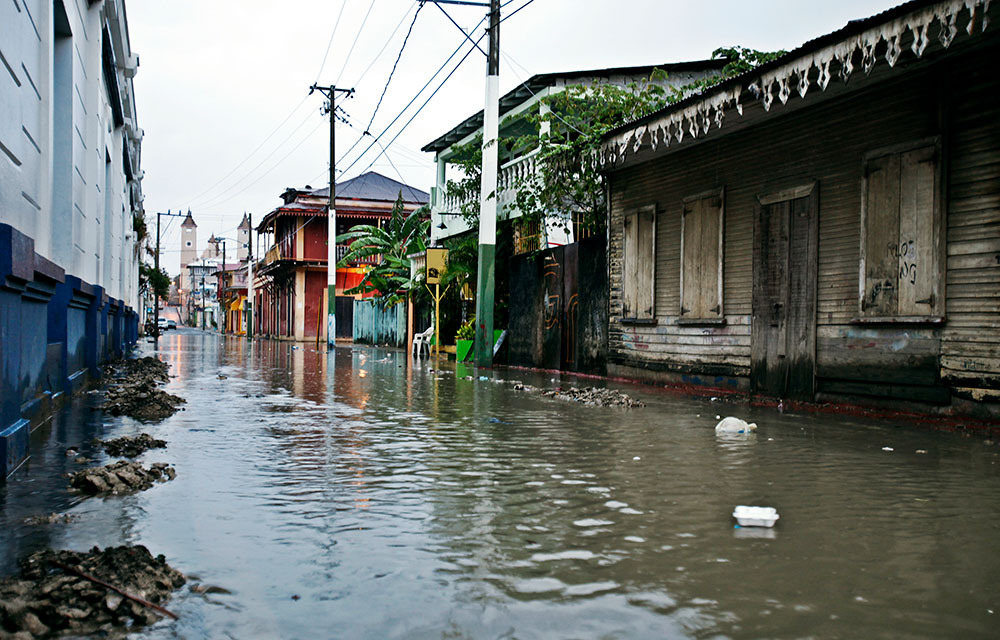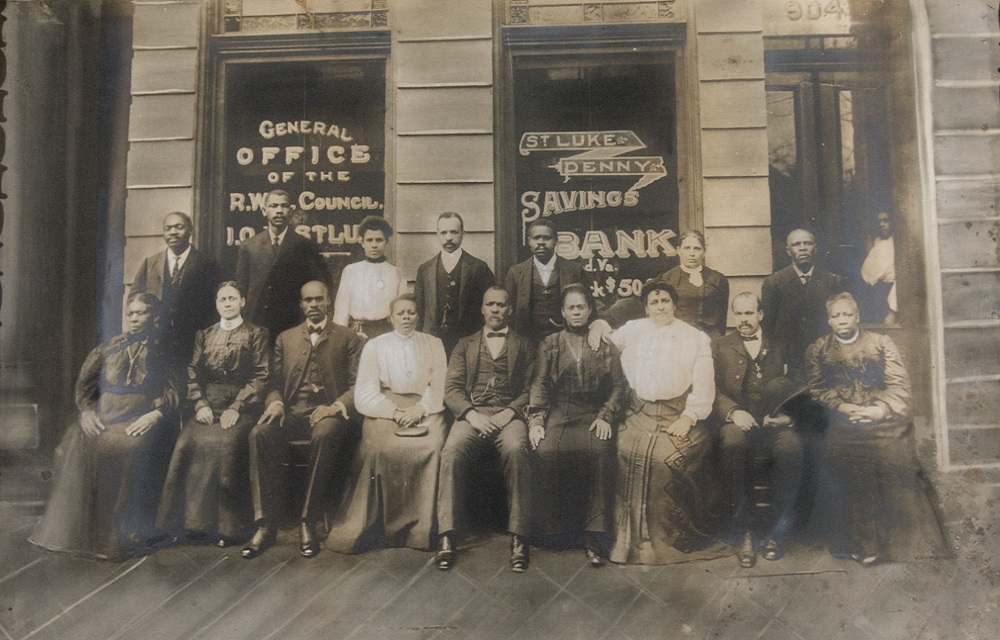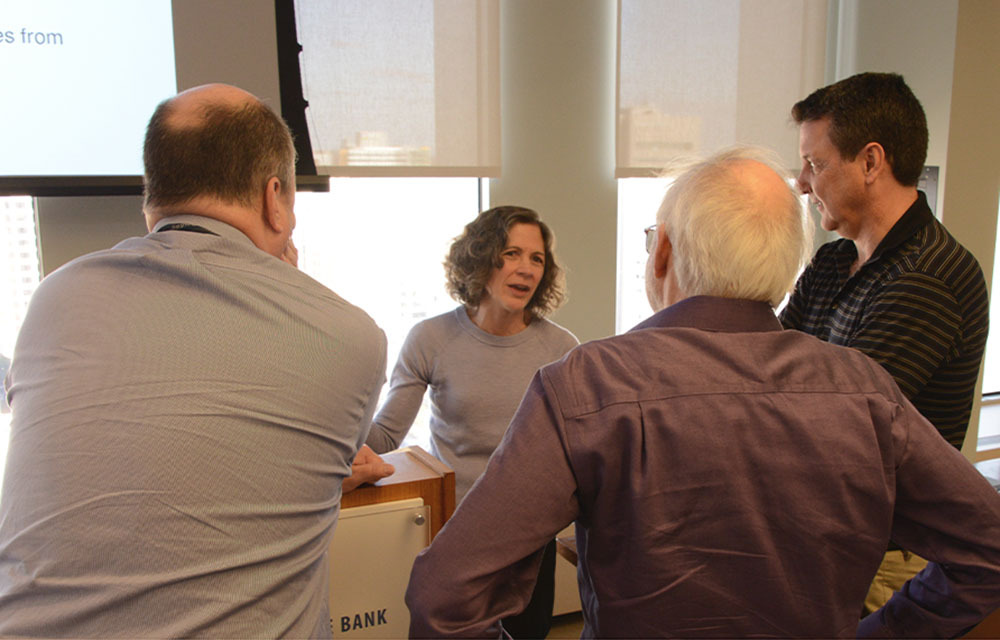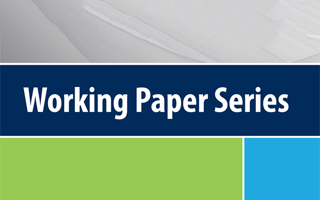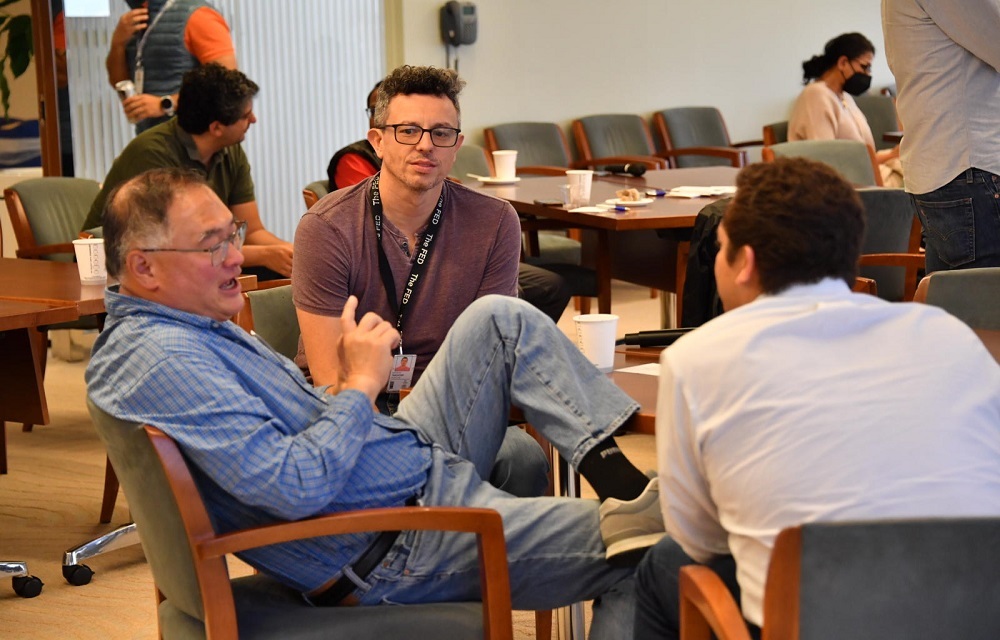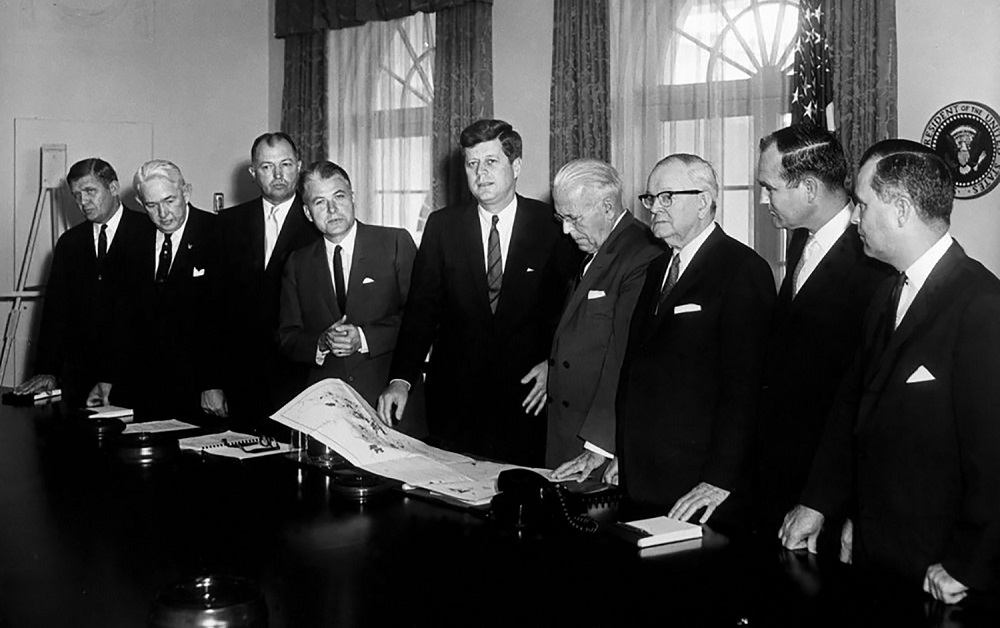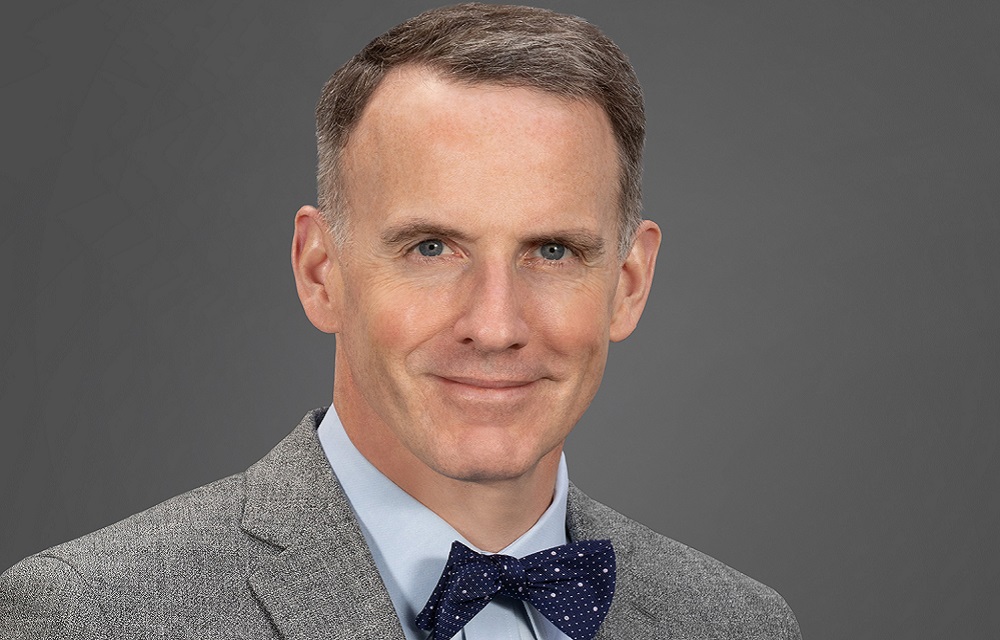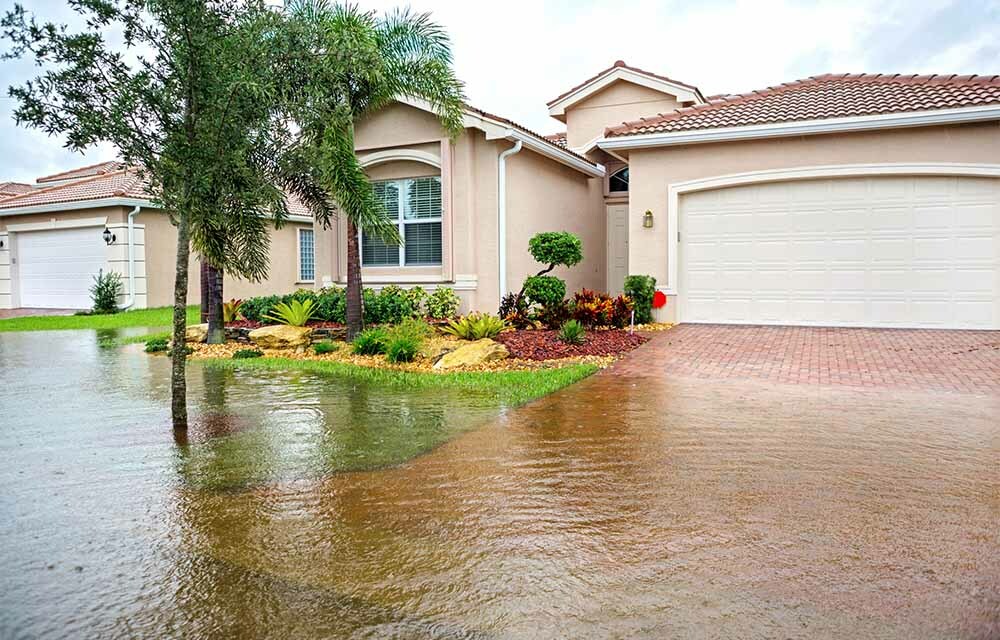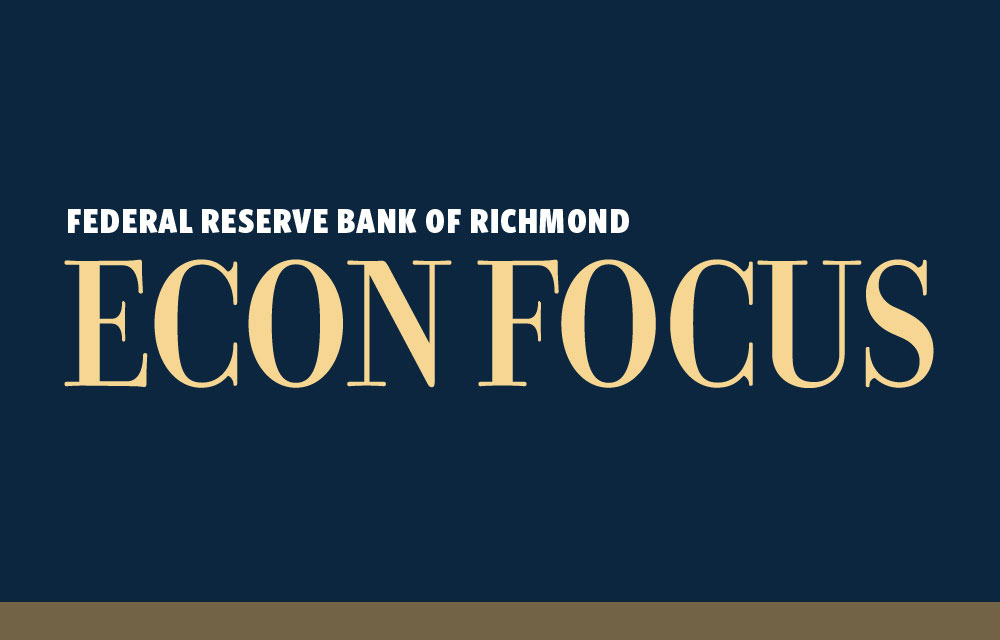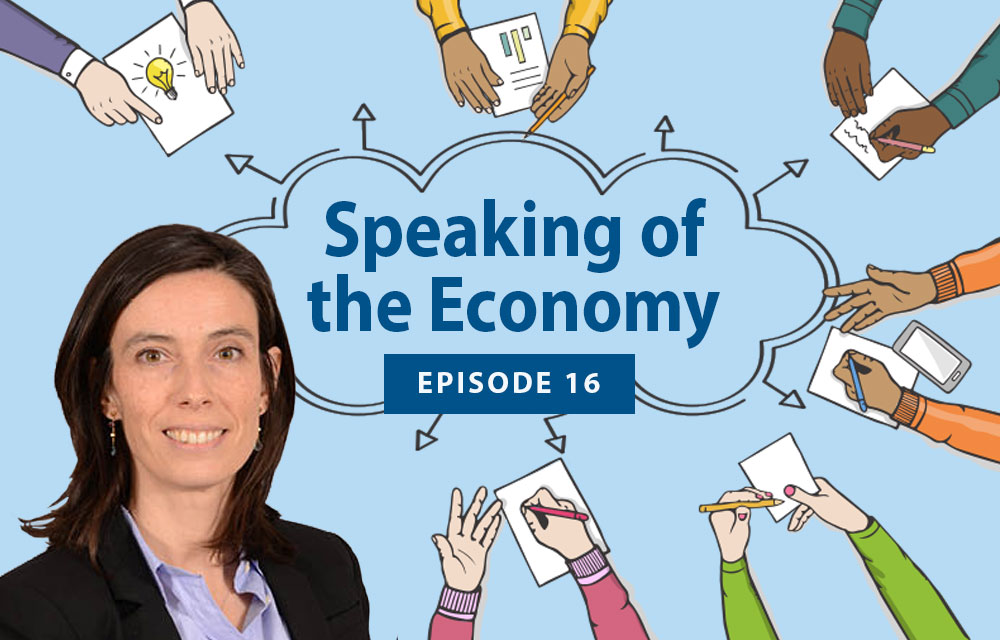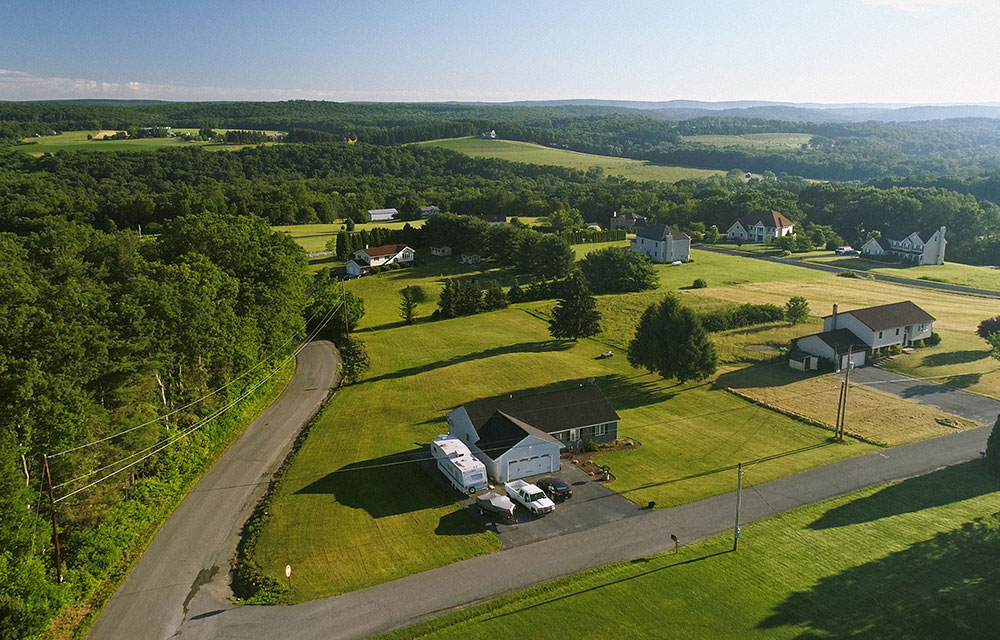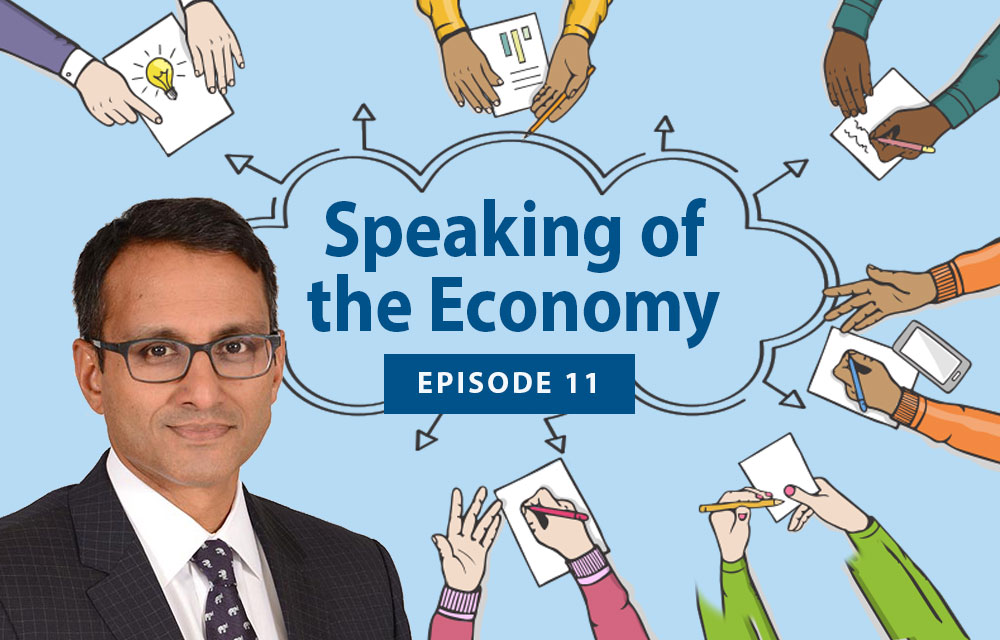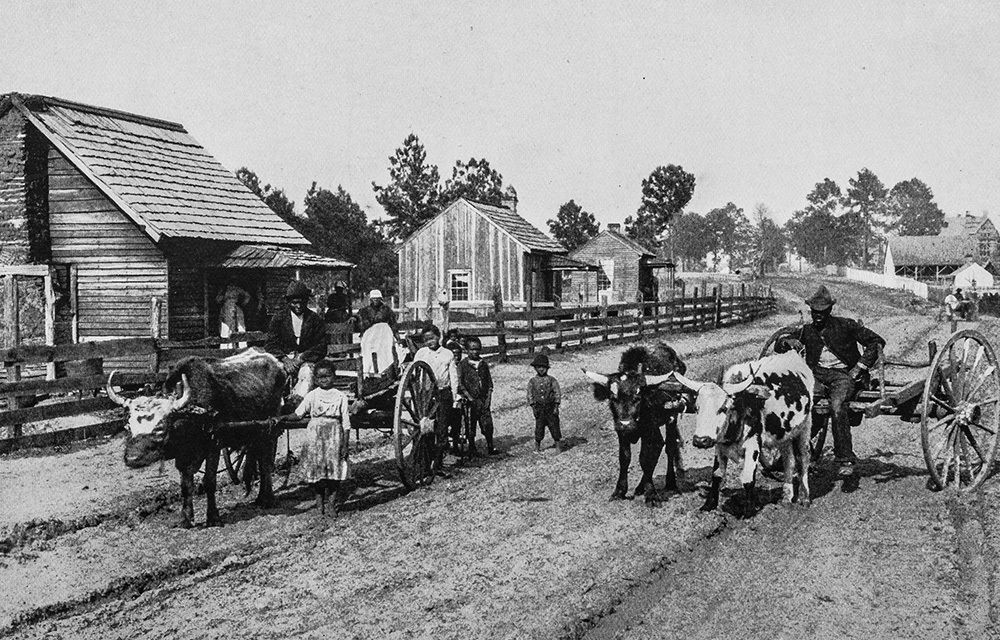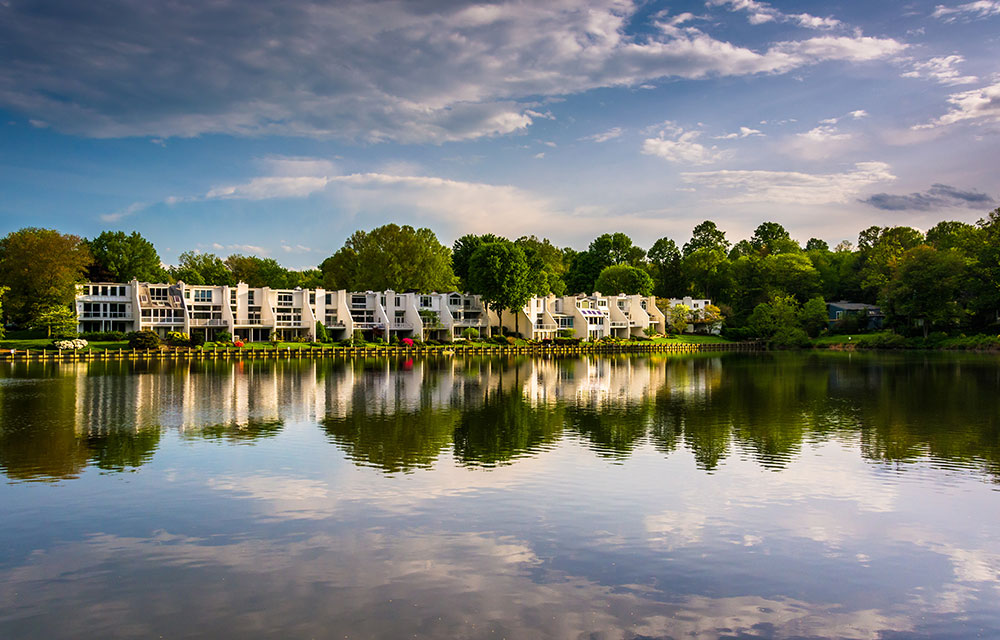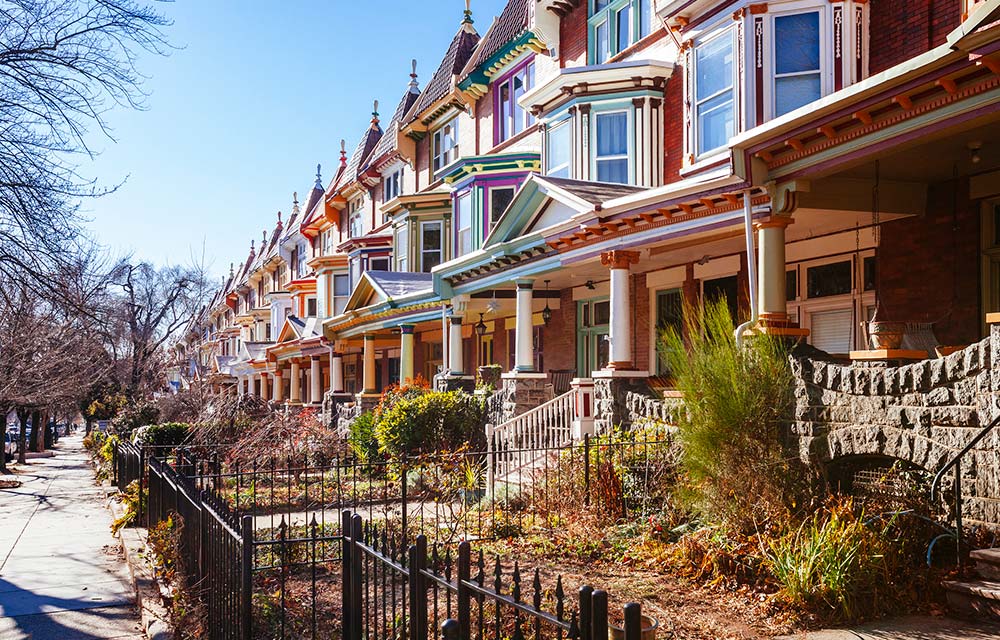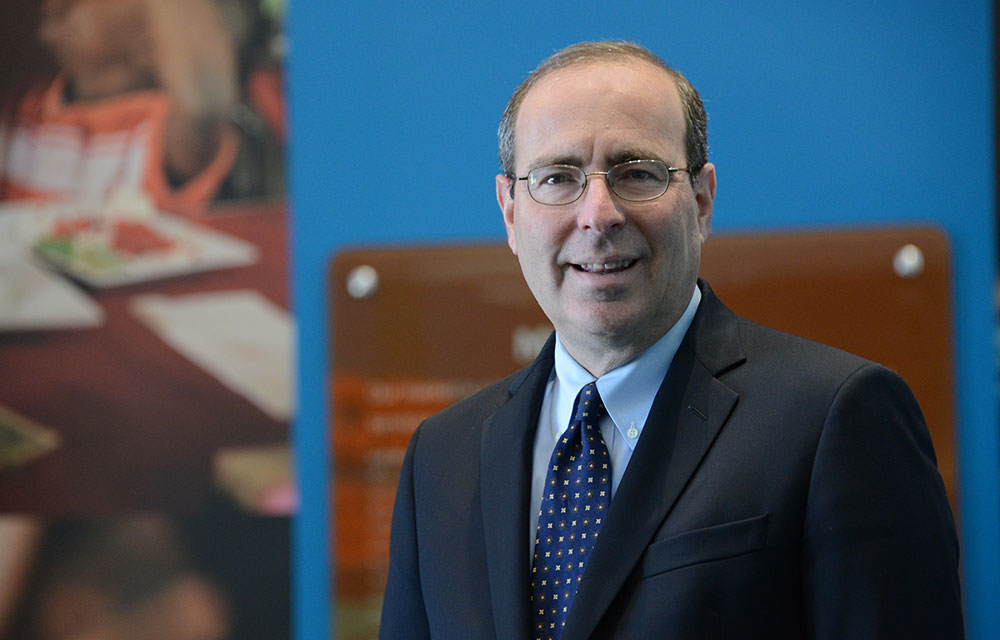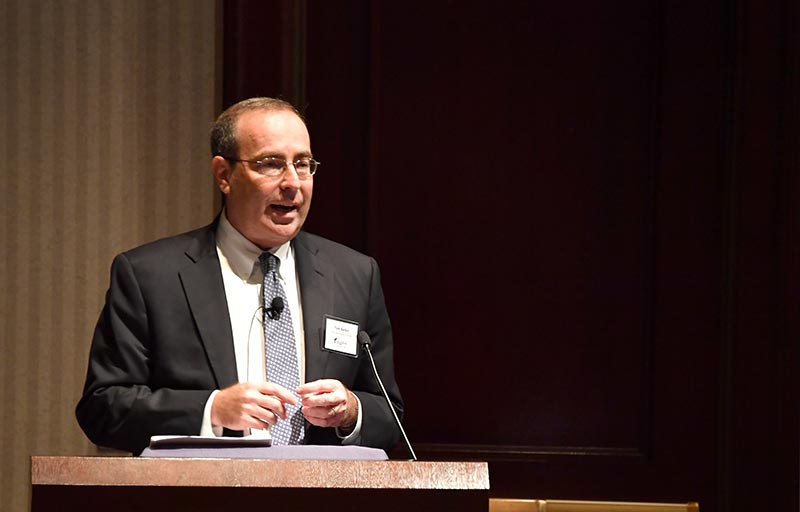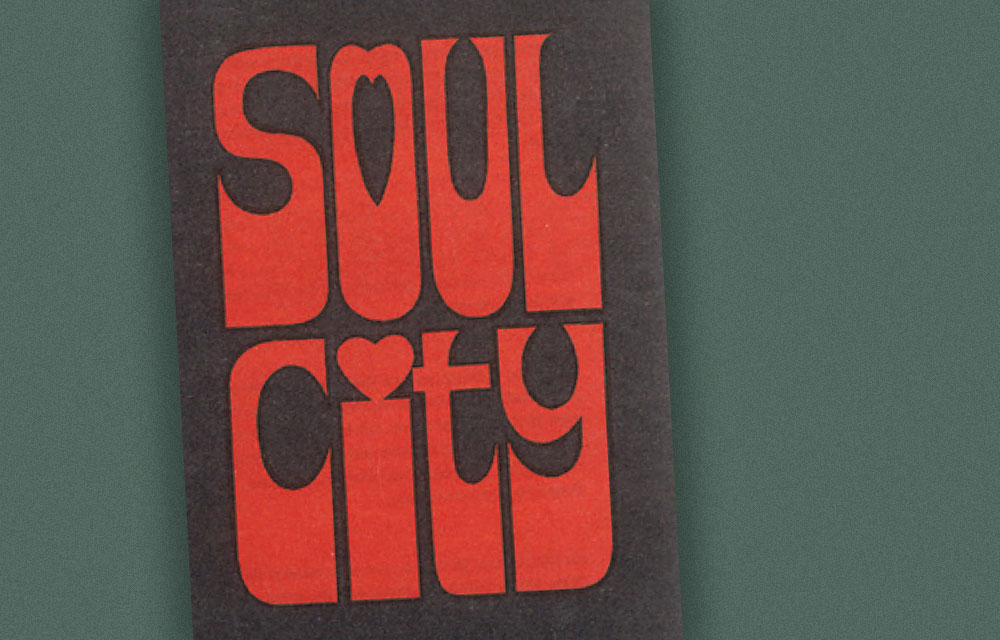Bethany Greene describes the flow of federal funds into Fifth District communities as transfer payments, from health care and Social Security benefits to unemployment insurance payments. In particular, she discusses regional variances in communities' reliance on this funding, especially in rural areas. Greene is a regional economist at the Charlotte branch of the Federal Reserve Bank of Richmond.
Economic Inequality and Poverty

Our approach to understanding economic inequality is organized around our community development focus areas: access to credit, workforce development and regional economic differences.
 Updating Results
Updating Results
This paper addresses the heterogeneous effects of monetary policy on households of different races.
Munseob Lee, Claudia Macaluso and Felipe F. Schwartzman
In a follow-up to a past Regional Matters post that focused on Maryland and Virginia, this post explores heirs' property in other Fifth District states, including the challenges, risks, and potential resolutions.
John Bailey Jones and Urvi Neelakantan discuss their research on the living arrangements of older individuals and the implications of these homeowners aging in place for wealth accumulation and housing markets. Jones is vice president of microeconomic analysis and Neelakantan is a senior policy economist at the Federal Reserve Bank of Richmond.
Results imply that encouraging high-wage firms to hire low-wage workers may be less effective at reducing wage inequality than wage patterns suggest.
Katarína Borovičková and Robert Shimer
While closing the gap is difficult to tackle directly through policy, there are potential avenues for policymakers to help.
Katarína Borovičková and Claudia Macaluso describe their research on differences in wage growth between workers as they progress in their careers.
A progressive tax system may reduce the incentive for households to increase their income.
The effects of classifying neighborhoods by riskiness of home lending in the 1930s may still have modest effects on interest rates and fees today.
Andrew Ellul, David Marques-Ibanez, Horacio Sapriza, Alex Sclip and Jack Taylor
Uptake in SNAP, which supports low-income households enduring persistent poverty and fights food insecurity, varies over time and geography depending on the U.S. business cycle as well as state-specific factors.
The Nobel Prize winner on the increase in deaths of despair, skepticism of randomized controlled trials, and the relevance of national boundaries.
David A. Price
Efforts such as subsidizing public transportation, providing access to auto loans, and limiting driver's license suspension laws could help address employment barriers for low-income and rural individuals.
Joseph Mengedoth
Regional Economist
Portfolio composition varies widely among age groups.
Richmond Fed leaders and Federal Reserve Governor Michelle Bowman heard business and community leaders' perspectives on the state of the local economy.
Are people adequately informed about their vulnerability to future climate-related risks, and does their willingness to adapt depend on this knowledge?
Laura Bakkensen, Quynh Nguyen, Toan Phan and Paul Schuler
After almost three years, pandemic-era SNAP enhancements ended this spring. Another support — the pause on federal student loan payments — is ending this fall. Are households ready?
Stephanie Norris
Associate Director, Community College Initiative
On the 100th episode of the podcast, three leaders of the Richmond Fed 's Research department — Kartik Athreya, Huberto Ennis and Ann Macheras — share the research paper that had a major impact on their careers and the economics profession in general. Paper topics range from bank runs to insuring against risks to knowledge spillovers.
Richmond Fed Community Development leader Jason Smith co-chairs a national group of Federal Reserve leaders focused on understanding rural communities.
Jeremy Hoffman of the Science Museum of Virginia and Toan Phan at the Federal Reserve Bank of Richmond share their research on the relationship between redlining and the risks of extreme heat and flooding. They also discuss other ways that the economy intersects with weather and the actions that communities can take to make themselves more resilient in the face of extreme weather threats.
While the poverty threshold and income relative to AMI are the two most commonly used measures for determining income eligibility for means-tested programs, researchers may consider additional thresholds against which to characterize the income of populations.
The two most commonly used income benchmarks are the poverty threshold and area median income (AMI). This article discusses differences between them and how they are used to describe income dynamics in the context of the Fifth District.
A new paper finds evidence of causal effects of historical redlining on present-day exposure to environmental and climate risks in six large U.S. cities.
Maggie Lena Walker built the St. Luke Penny Savings Bank to last. When it opened its doors in Richmond's Jackson Ward district in 1903, Walker became the first Black woman to establish a bank in the United States.
John Mullin
Different people have disparate experiences in accessing credits. Exploring ways to close this credit access gap could provide more economic opportunities for underprivileged areas.
The maps included here are from a data-mapping exercise completed by analysts at the Richmond Fed to highlight the impact of flooding on communities within North Carolina through the lens of social vulnerability.
Jessica Olayvar and Caroline Norris
One of the most striking differences between Black and White households is a large disparity in wealth. A potential source of this gap is differences in transfers of wealth within families through bequests or gifts.
Monetary policy, marriage, college admissions, and discrimination and socioeconomic outcomes were among the topics discussed at our recent conference.
Our findings underscore the persistent and far-reaching influence of historical redlining policies in shaping unequal climate risk exposure.
Claire Conzelmann, Arianna Salazar-Miranda, Toan Phan and Jeremy Hoffman
Tariffs, property rights and producing inputs versus buying them: These were among the topics discussed at our recent conference.
Many assume that inflation affects all households the same. But that doesn't appear to be true.
Munseob Lee
The Appalachian Regional Commission, created in the 1960s, became a model for regional economic development programs.
Commonly used summary statistics for measuring the Black-White wealth gap have significant limitations. Here's a measure to help address these limitations.
Urvi Neelakantan and Kristen Broady review their research on differences in wealth between races and potential causes behind these differences. They also discuss potential solutions to closing wealth gaps. Neelakantan is a senior policy economist at the Richmond Fed and Broady is a senior economist, economic advisor, and director of the Economic Mobility Project at the Chicago Fed.
Research Director Kartik Athreya discussed economic disparities and the implications for households, researchers and policymakers.
Kartik Athreya
Executive Vice President and Director of Research
The Community Reinvestment Act (CRA) was enacted in 1977 as part of an attempt to remedy the legacy of redlining and to encourage banks to meet the needs of minority and low- and moderate-income communities.
John Mullin
Ray Owens and Santiago Pinto discuss current trends in crime rates, the challenges of determining the extent of crime and its causes, and the impact of policing on crime rates. They also review research on racial bias in policing and the impact of police violence against Black citizens. Owens and Pinto are senior economists at the Federal Reserve Bank of Richmond.
Harvard University economist on urbanization, the future of small towns, and "Yes In My Back Yard."
David A. Price
Parker Agelasto and Ebonie Alexander discuss how losses in property rights when they're transferred between generations can contribute to the creation and widening of wealth gaps.
Heirs' property, land passed through generations without a clear title, is an unstable form of landownership that can lead to lost capital and wealth.
This post explores lagged recovery in labor force participation for Black and Hispanic women that started at the onset of the COVID-19 recession.
Katie Daniluk and Sierra Stoney
Peter Dolkart discusses what is happening with renters in the Fifth District as state and national moratoriums on evictions wane and COVID-19 infections surge.
We use survey data to document a strong heterogeneity in stated degrees of worry about environmental problems across racial groups.
Ranie Lin, Lala Ma and Toan Phan
Part two of our series examines studies on racial disparities in policing, crime reporting and the effectiveness of training programs.
Part one of our two-part Economic Brief examines the impact of crime on communities, the relationship between crime and policing, and how policing affects deterrence.
Many states, including some in the Fifth District, have enacted legislation in the last year to increase the minimum wage, and those increases will have both direct and indirect effects on workers, households, and businesses in the District.
The Richmond Fed has been working to educate policymakers and workers in the Fifth District about benefits cliffs
Neeraja Deshpande
Some observers have recently voiced concern that Fed activities in the areas of climate change and inequality may put the institution at risk.
We study the implications of incarceration for the earnings and employment of different groups, characterized by their race, gender, and education.
President Tom Barkin spoke to a joint meeting of Hispanic Chambers of Commerce about the challenges and opportunities facing Hispanic workers.
Tom Barkin
President, Federal Reserve Bank of Richmond
El presidente Tom Barkin habló en una reunión conjunta de Cámaras Hispanas de Comercio sobre los desafíos y oportunidades que enfrentan los trabajadores hispanos.
Tom Barkin
President, Federal Reserve Bank of Richmond
This episode shares part of a 2019 presentation by Laura Ullrich about wage, income and wealth inequality, an issue that was brought into focus during the COVID-19 pandemic.
Regional economist Laura Ullrich shares her insights on historically black colleges and universities and their role in workforce development and the economy in general.
Millions of Americans face diminished earnings and employment prospects years after they have spent time in prison. Grey Gordon and Urvi Neelakantan share their insights.
Stanford University economist on human networks, the friendship paradox, and the information economics of protest movements
David A. Price
Soul City had broad support when McKissick unveiled his concept for a self-sustaining community developed by blacks at a press conference in 1969, but it also had its detractors from all sides of the rhetorical spectrum.
Senior policy economist Arantxa Jarque discusses the importance of having diverse voices represented at the Federal Reserve and in the economics profession in general.
President Tom Barkin spoke about investments to help address long-term disparities exposed by COVID-19.
Tom Barkin
President, Federal Reserve Bank of Richmond
An estimated 30 percent of Fifth District businesses are minority-owned, but this trails the minority share of the population.
Nicholas Haltom and Joseph Mengedoth
Rural black Fifth District communities have long suffered fewer economic opportunities and thus worse economic outcomes.
Research finds that first-time incarceration can decrease men's lifetime earnings as well as increase the number of years spent unemployed or out of the labor force.
High labor market churn in the COVID-19 recession may exacerbate barriers to sustained wage growth for workers in high-turnover service sector jobs.
Kartik Athreya shares his experiences on the Back to Work Virginia Task Force, which is developing policies and practices for strengthening the child care industry.
This article provides some history on the evolution of the Fifth District population across race and the rural-urban continuum since the late 1800s.
Sonya Ravindranath Waddell
Vice President
Richmond Fed economists are using novel approaches to understand racial wealth differences
Brandon Fuller
Tiffany Hollin-Wright and Erika Bell explain "benefits cliffs" ― when workers receiving public assistance earn a raise and then are disqualified from receiving government help.
The COVID-19 pandemic has depressed housing security and increased eviction risk for renters in the Fifth District. Although helpful for tenants, some federal pandemic-response provisions are ending in December.
Toan Phan talks about his research on the effects of climate change on economic growth and discusses other work on this important topic.
What does lifespan inequality mean for Social Security reform?
John Bailey Jones and John Mullin
Tiffany Hollin-Wright discusses the work being done by Community Development staff at the Richmond Fed and in the Federal Reserve to respond to current health and economic crises, in particular their disproportionate impact on communities of color.
In economics, the data always matter. So whatever our theories may say, economists have produced many studies that have identified evidence of racial discrimination.
Our nation has recently increased its focus on a tragic reality: Life outcomes vary widely by race.
Tom Barkin
President and Chief Executive Officer
Reston, Va., and Columbia, Md., were founded in the 1960s with similar visions for inclusive, connected communities.
Emily Wavering Corcoran
Senior Manager
Richmond Fed president Tom Barkin discusses racial inequality in the Fifth District and how the Richmond Fed is working to make a positive difference.
Tom Barkin
President, Federal Reserve Bank of Richmond
Although the Fifth District’s black population tends to have higher employment and educational attainment compared to the nation’s, there are still significant disparities relative to whites.
The COVID-19 pandemic has put housing stability at the forefront of public policy discussions, and home repair is a critical piece of that conversation. What were total home repair costs in Baltimore prior to the pandemic, and how might COVID-19 impact home repair?
Benjamin Lukas and Eileen Divringi
Read President Tom Barkin’s new essay on how supporting families and workers supports the economy’s long-term recovery.
Tom Barkin
President, Federal Reserve Bank of Richmond
Read President Tom Barkin’s new essay about how people experience the COVID-19 pandemic differently.
Tom Barkin
President, Federal Reserve Bank of Richmond
As the nation and the Fifth District of the Federal Reserve Bank face the impact of COVID-19, the Richmond Fed remains connected to our communities, delivering on our mission-critical responsibilities and continuing our important work.
Tom Barkin
President, Federal Reserve Bank of Richmond
The Richmond Fed is working to understand how economic outcomes vary across different regions and different groups of people.
A new financing model for distressed communities offers both promise and pitfalls.
Soul City, N.C., was a bold experiment in rural economic development and "Black capitalism" launched by McKissick Enterprises in 1969.
Book Review: "On Equality"
Helen Fessenden
Why do kids drop out of high school, and what can be done to help them finish?
Minorities are less likely to climb the economic ladder than whites. Access to high-quality early childhood education plays an important role.
Life is hard in one of Baltimore's toughest neighborhoods. But for Janice Walker and her family, it's home.
The origins of black business districts in Durham, Richmond, and Washington, D.C.




